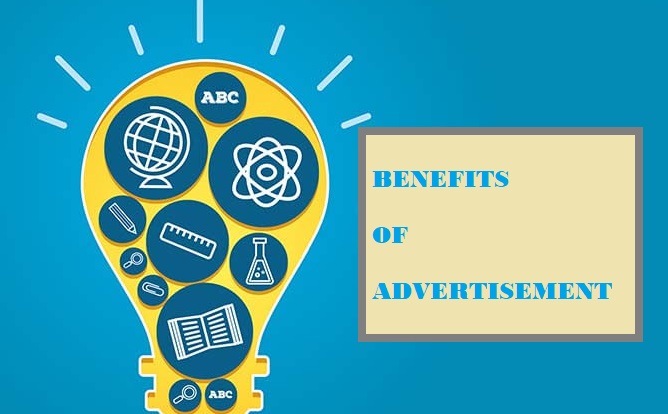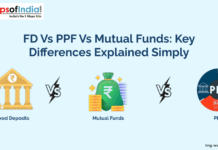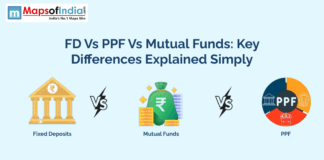Advertising is a promotional activity focused on a particular audience for a product or service to attract interest, engagement and sales. It intends to persuade people to buy that in a specific way.
The advertising comes in various forms such as copy, videos, and promotion through multiple mediums, namely newspapers, televisions, internet, radio, trade journals, billboards, or movie theatres.
According to Philip Kotler, “Advertising is any paid form of non-personal presentation & promotion of ideas, goods, or services by an identified sponsor.” It has a catchy jingle of nearly 30 seconds with an attractive slogan.
Since advertisements come in different shapes and sizes, an average viewer gets numerous varieties making him watch 5000 ad messages daily, as per the experts.
The advertising industry comprises organisations that advertise, agencies that create the advertisements, media that shows the ads and other personnel such as visualisers, copy editors, brand managers, researchers, creative heads and designers who take it the last mile to the customer or receiver.
An organisation that requires advertising itself and its products hires an advertising agency, followed by a briefing on the brand, its imagery, the ideals and values behind it and the focused segments. The agencies transform the ideas and concepts to create the text, visuals, layouts and themes to converse with the user. Media broadcasts the ads after the nod from the client based on the order placed by the agency’s media buying unit.
Following are the characteristics of advertising
1) Tool for Promotion: Through different mediums, an ad reaches many people creating a sense of buying among potential customers and achieving its primary business goal.
2) Paid: Advertising needs the advertiser (also called the sponsor) to pay to develop an advertising message, to acquire advertising media slots, including supervising advertising endeavours.
3) One-way communication: Advertising is a one-way communication where different brands converse with customers for all the process through a specific medium.
4) Personal and Non-Personal: Advertising can be personal when it comes to social media platforms and other cookie-based ads, while non-personal when there is television, newspaper advertisements or radio.
Types of advertising
- Traditional advertising: Above the line advertising consists of broadly non-targeted and has a large reach. It is also called above the line of advertising and is prominent among the masses—examples: TV, radio, newspaper advertisements.
- Below the line advertising: This comprises activities emphasised towards a particular target group—examples: sponsorships, billboards, in-store advertising and others.
- Digital advertising: It focuses on demonstrating products online, such as on display, PPC (pay-per-click), and on social media platforms (through popularity focusing on locations, interests, and clicks). The study by Nielsen in 2018 stated that the average adult spends over 11 hours per day chatting with media in some form or the other. If a business’s primary goal is to inform, engage, and educate consumers, one needs to connect with them digitally.
- Through the line advertising: It revolves around activities that use both ATL & BTL strategies at the same time. These are emphasised towards setting up brands and conversions and benefit from personalised advertising strategies: digital marketing strategies, cookie-based advertising, and others.





